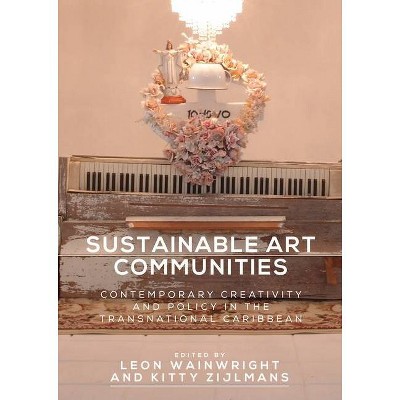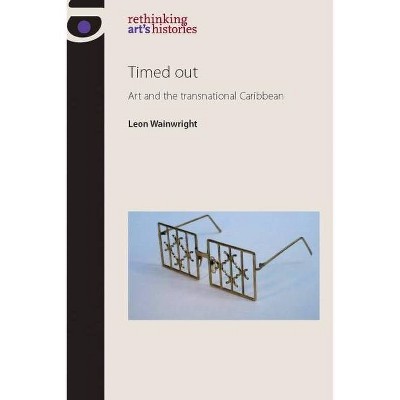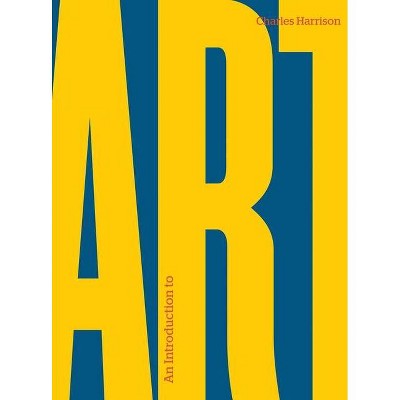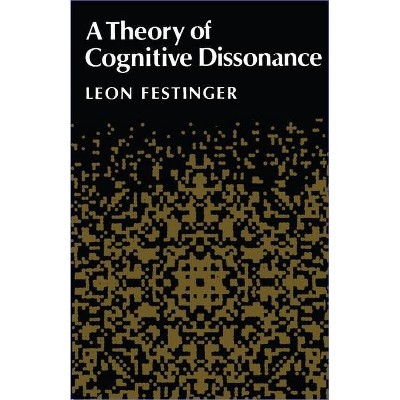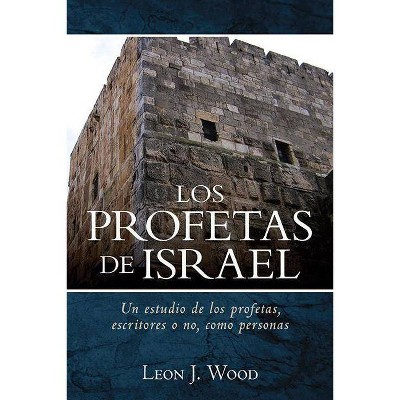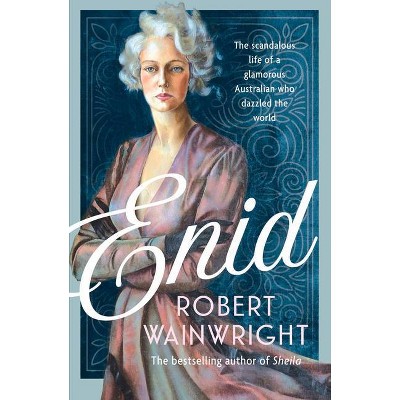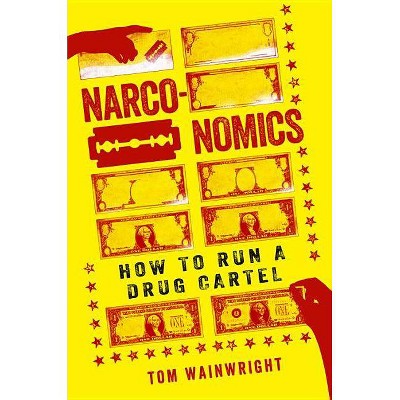Art in Theory - by Paul Wood & Leon Wainwright & Charles Harrison (Paperback)
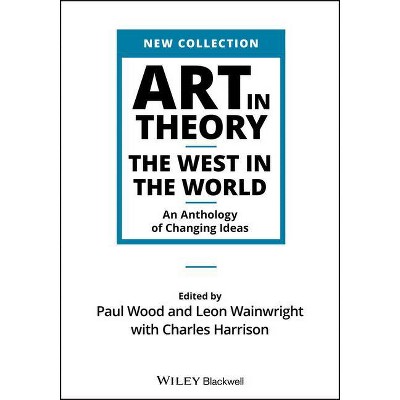
Similar Products
Products of same category from the store
AllProduct info
<p/><br></br><p><b> About the Book </b></p></br></br>"Covers not only the chronologically earliest period in the book but also the most extensive timespan of any part of the anthology: the first text dates from c.1204, the latest from c.1690. With the exception, however, of the first four texts, which form a chronologically separate cluster, all the rest date from the mid-fifteenth century to the late seventeenth century, a period of approximately 250 years. In the arts, this includes the Renaissance as well as the later founding of the French Academie Royale, and with it, the inception of the academic system which not only dominated French art for the next two hundred years but also provided the model that fundamentally shaped art practice throughout Europe. In a broader perspective the timespan also covers the late fifteenth- and sixteenth-century Age of Exploration and the seventeenth-century 'scientific revolution'. By any standards, that amounts to a world-historical epoch, and although the existing volumes of Art in Theory do not encompass Renaissance art theory (precisely because it was felt to constitute a subject distinct from our concern with the modern period and its academic predecessor), the present anthology of necessity does seek to address this period of Europe's earliest encounters - since antiquity."--<p/><br></br><p><b> Book Synopsis </b></p></br></br><p><b>A ground-breaking new anthology in the <i>Art in Theory</i> series, offering an examination of the changing relationships between the West and the wider world in the field of art and material culture</b></p> <p><i>Art in Theory: The West in the World</i> is a ground-breaking anthology that comprehensively examines the relationship of Western art to the art and material culture of the wider world. Editors Paul Wood and Leon Wainwright have included 370 texts, some of which appear in English for the first time.</p> <p>The anthologized texts are presented in eight chronological parts, which are then subdivided into key themes appropriate to each historical era. The majority of the texts are representations of changing ideas about the cultures of the world by European artists and intellectuals, but increasingly, as the modern period develops, and especially as colonialism is challenged, a variety of dissenting voices begin to claim their space, and a counter narrative to western hegemony develops. Over half the book is devoted to 20th and 21st century materials, though the book's unique selling point is the way it relates the modern globalization of art to much longer cultural histories.</p> <p>As well as the anthologized material, <i>Art in Theory: The West in the World</i> contains: </p> <ul> <li>A general introduction discussing the scope of the collection</li> <li>Introductory essays to each of the eight parts, outlining the main themes in their historical contexts</li> <li>Individual introductions to each text, explaining how they relate to the wider theoretical and political currents of their time</li> </ul> <p>Intended for a wide audience, the book is essential reading for students on courses in art and art history. It will also be useful to specialists in the field of art history and readers with a general interest in the culture and politics of the modern world.</p> <p> </p><p/><br></br><p><b> From the Back Cover </b></p></br></br><p><i>Art in Theory: The West in the World</i> is a ground-breaking anthology that comprehensively examines the relationship of Western art to the art and material culture of the wider world. Editors Paul Wood and Leon Wainwright have included over 350 texts, some of which appear in English for the first time. The anthologized texts are presented in eight chronological parts, which are then subdivided into key themes appropriate to each historical era. <p>The majority of the texts are representations of changing ideas about the cultures of the world by European artists and intellectuals. Increasingly, as the modern period develops, and especially as colonialism is challenged, a variety of dissenting voices begin to claim their space, and a counter narrative to Western hegemony develops. Over half of the book is devoted to 20<sup>th</sup> and 21<sup>st</sup> Century materials, though the book's unique selling point is the way in which it relates to the modern globalization of art to much longer cultural histories. <p>As well as the anthologized material, <i>Art in Theory: The West in the World</i> contains: <ul> <li>A general introduction discussing the scope of the collection</li> <li>Introductory essays to each of the eight parts, outlining the main themes in their historical contexts</li> <li>Individual introductions to each text, explaining how they relate to the wider theoretical and political currents of their time.</li> </ul> <p>Intended for a wide audience, this book is essential reading for students on courses in art and art history. It will also be useful to specialists in the field of art history and readers with a general interest in the culture and politics of the modern world.<p/><br></br><p><b> About the Author </b></p></br></br><p><b>Paul Wood</b> is Research Associate in the Department of Art History at the Open University. He has published widely in the field of art history and is co-editor of three previous volumes of <i>Art in Theory</i>, recounting the development of Western art from the Academy to postmodernism. <p><b>Leon Wainwright</b> is Professor of Art History at the Open University. He is the author of <i>Timed Out: Art and the Transnational Caribbean</i> (2011) and <i>Phenomenal Difference: A Philosophy of Black British Art</i> (2017). He has co-edited studies on modern and contemporary art, anthropology and museums.
Price History
Price Archive shows prices from various stores, lets you see history and find the cheapest. There is no actual sale on the website. For all support, inquiry and suggestion messagescommunication@pricearchive.us
